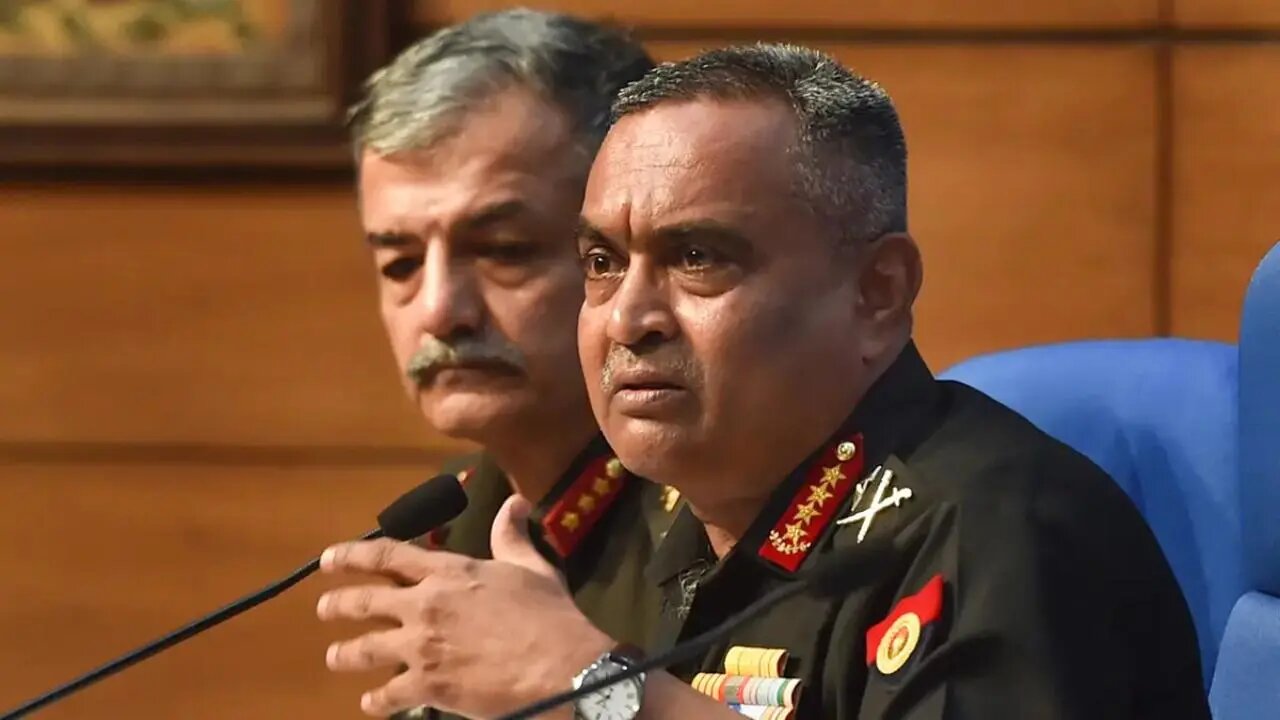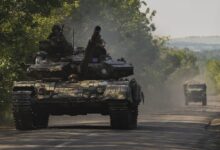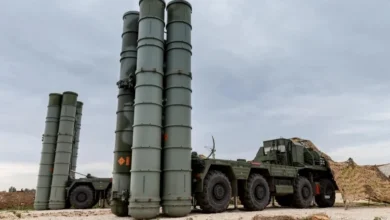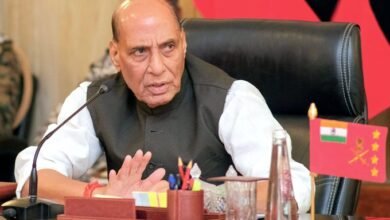Gen Pande Reflects: Technology’s Crucial Role In Russia-Ukraine Conflict – Lessons Learned

- The Army chief said, "These things are at the heart of our current transformation efforts, which we have already started."
- Gen. Pande said that the current inventory is not an ideal mix of old, new, and cutting-edge systems or a good ratio between the three.
Army Chief Gen. Manoj Pande said on Tuesday that the recent conflicts, especially the ongoing one between Russia and Ukraine, have shown the Indian Army the “contemporary character of war” and the importance of firepower in gaining a decisive advantage on the battlefield.
At an event here, he also said that this war has “more than proved” that technology is the most important thing on a modern battlefield.
He was speaking at the Gen S F Rodrigues Memorial Lecture at the Manekshaw Centre. Many former heads of the Indian Army were there, as well as the former head of the Indian Air Force, Air Chief Marshal (retd.) N C Suri, and others.
From 1990 to 1993, Gen. (Ret.) Rodrigues was in charge of the Army. On his 90th birthday, he had a party with his wife and other family members.
After Gen Pande spoke, Lt Gen (retd) Raj Shukla gave a talk called “Ukraine: Challenging Character of War and Firepower.”
In his speech, the head of the army talked about the lessons that are still being learned from the war between Russia and Ukraine.
Gen. Pande said, “The recent conflicts, and especially the ongoing Russia-Ukraine conflict, have brought to light some key indicators that have helped us understand the modern nature of war and the importance of firepower in getting a decisive edge on the battlefield.”
He asked, “From a planning point of view, what should be a reasonable estimate of how long a war will last? Does the idea that our war will be quick and short still hold true?” He said that the answer to this question affects how the army chooses its goals, how it runs its operations, and how much it wants to stock up on.
The next problem is the “primacy of technology on the modern battlefield,” which has been shown many times in this war. “A natural result of this is that we should add these technologies to our system for fighting wars,” Gen. Pande said.
The army chief said that Gen. Rodrigues was a “accomplished soldier-statesman” whose contributions went far beyond his time in the olive greens. For example, he served on the National Security Advisory Board and as governor of Punjab.
As head of the army, he made sure that many important plans came to fruition during his time. Gen. Pande said that these efforts have had a “deep effect” on the Indian Army.
First, as has been said before, the Army started putting women in positions other than the medical corps as officers in 1992, when the first group was commissioned.
Gen Pande said, “This groundbreaking step in our human resource management has led to excellence and inclusion, and as time goes on, we are becoming even more committed to gender equality.”
As a skilled gunner officer, Gen. Rodrigues made sure that the artillery regiment kept up with future needs. He also said that it was during his time as Army chief that the basic plan for expanding the artillery division was made.
“In fact, the need to fit in with the present environment and keep up with the wants of the future is still important today. The Army chief said, “These things are at the heart of our current transformation efforts, which we have already started.”
Gen. Pande said that the current inventory is not an ideal mix of old, new, and cutting-edge systems or a good ratio between the three. He also said that “modernizing or replacing all at once is neither possible nor desired.”
So, he said, “we need to space out our upgrades and new purchases based on how our own capabilities change, while keeping a good balance between the old and the new.”







Facebook Comments